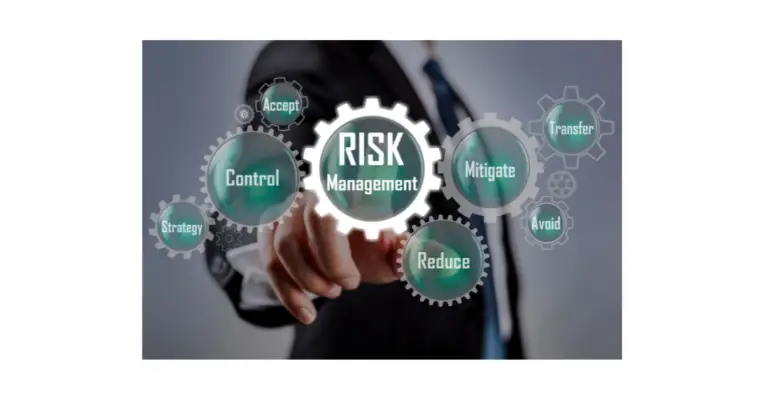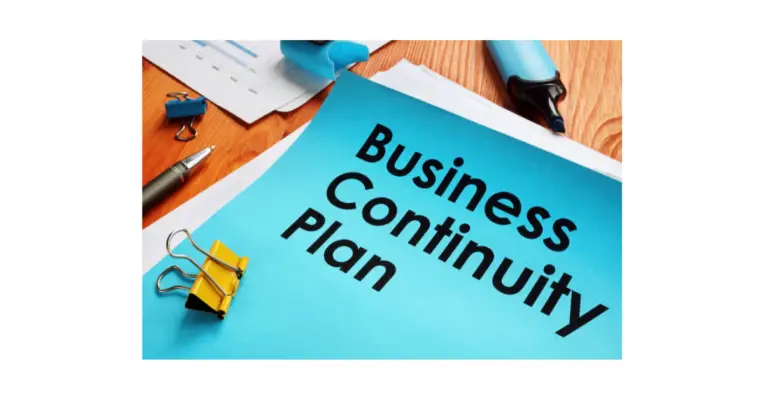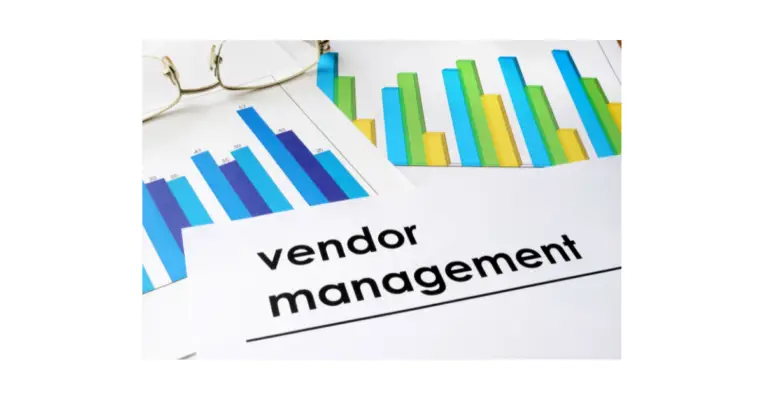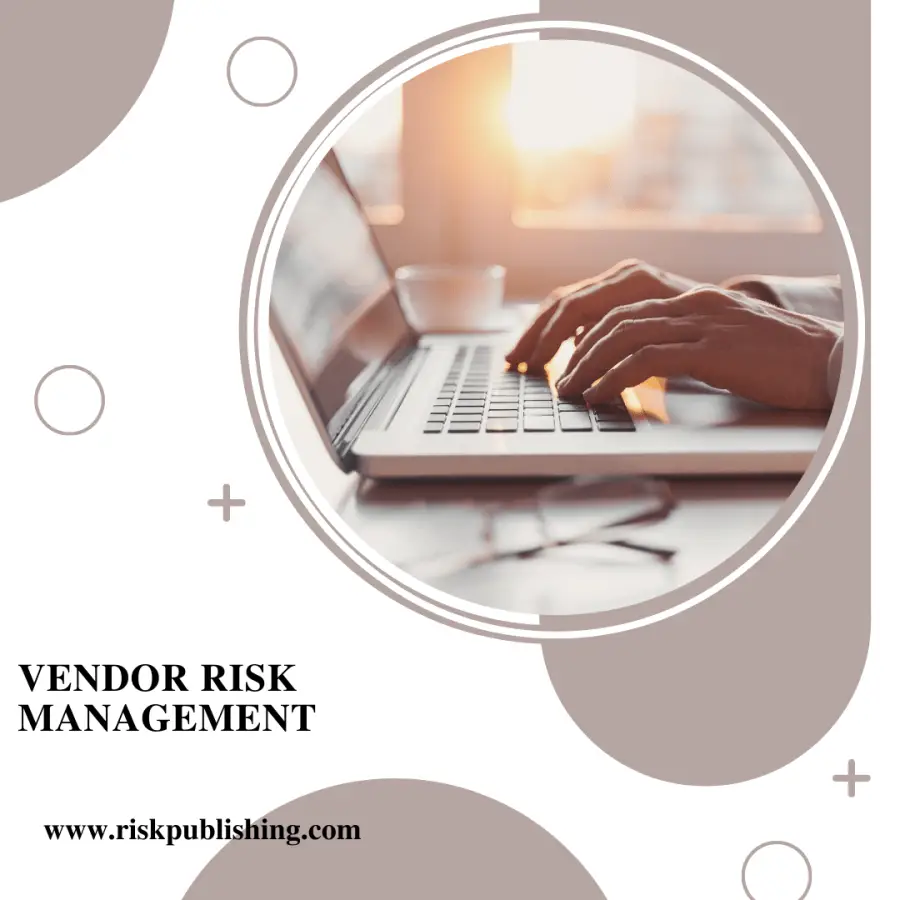Vendor risk management is assessing, monitoring, and managing risks arising from business with third-party vendors. The goal is to protect the organization from potential financial, legal, or reputational damage.
Amidst the COVID-19 Pandemic, many organizations have been forced to embrace remote work in order to maintain business continuity rapidly. Vendor risk management (VRM) teams need to introduce a new set of challenges. They must now manage the risks posed by third-party vendors who may be working from unfamiliar or unsecured locations.
There are a few key steps that VRM teams can take to adapt to this new landscape. First, it is important to assess the risks posed by each Vendor proactively. This should include an evaluation of the security of their remote work setup and compliance with relevant data privacy laws and regulations.
Next, VRM teams should develop and implement contingency plans for each high-risk Vendor. These plans should outline how to mitigate risks in a disruption, such as if a vendor’s remote work setup was to fail or if they were to experience a data breach.
Finally, VRM teams should stay in close communication with their vendors during this time of upheaval. It will ensure that any potential risks are quickly identified and addressed. By taking these steps, VRM teams can successfully navigate the challenges posed by the current climate and help to keep their organizations safe from harm.
Vendors Risk Management (VRMS) monitors the risks associated with third party suppliers of IT product and service offerings. VRM programs are intended primarily to protect businesses from business disruptions. Vendor risk control plans provide an effective plan to identify and minimize business uncertainties, legal liability and reputation damage. Companies increasingly use outsourced risk management as a component of their risk management strategy.
The image of giant containers stifling ports has been viewed by many worldwide as the cause of disruptions. With widespread factories and ship operations interruptions, supply times accelerated dramatically.
The United States Census reports a 38.8 per cent drop in domestic suppliers due to the Pandemic. According to some, supply chain issues are projected for next year. Some aspects of supply chains – like increasing customer demands and labour shortages – are outside the customer’s control. There is a supply chain risk mechanism that will enable resilience.
When something disruptive happens—whether it’s a natural disaster, political unrest, or a cybersecurity incident—vendor risk management becomes more important than ever. How can you ensure that your critical vendors are still there for you when you need them most? And how can you be sure that the disruption won’t compromise their reliability? Here are tips for managing vendor risk during disruptions.

1. Proactively Assess the Risks posed by each Vendor
Any organization that works with vendors should have a process in place to assess the risks posed by each Vendor. The vendor risk assessment should consider the Vendor’s financial stability and the track record regarding data security.
Several red flags can indicate that a vendor is financially unstable. These include late payments, large debt, and difficulty securing new financing. Vendors with financial difficulties are more likely to cut corners, which could put your organization at risk.
When assessing a vendor’s financial stability, it’s important to look at more than just their bottom line. Consider their long-term prospects and whether they are likely to be able to meet their obligations to your organization.
Data security is another area where it’s important to assess the risks posed by a vendor. Organizations should consider the Vendor’s internal security practices and their history of data breaches. Any vendor who doesn’t take data security seriously is a risky choice. Likewise, any vendor who has experienced a major data breach is also likely to pose a risk to your organization.
Here are some examples of potential risks to vendor business:-
Business & financial risks
If an important vendor declared bankruptcy, it would be incapable of delivering on its contract. Some recent studies show that 25% of businesses suffered a financial failure in the last quarter.
Mergers and acquisitions can indicate an alteration in business strategy resulting in price fluctuations or contract terms. A leadership turnover and legal issues may also influence a company’s culture, strategy, or performance. A new report highlights the increased regulatory consequences of organizations that disclose information about financial disclosure and ethical practices.
Cybersecurity risks
Data breaches and other breaches can be a major threat that affects the vendors, and they can also affect customers. Many large corporations will have strong cyber security plans. However, they do not always apply to other organizations with considerably fewer cybersecurity capabilities.
Target was a victim of a massive data breach last year, which exposed the personal information of nearly 40 million users. An HVAC contractor who provided service to several Target stores acted as an entrance point for the attack.
A vendor that does not have cyber risk capabilities will introduce supply chain disruption to their third-party risk management framework.
Event Risks
With globalization, supplies are becoming more complicated. Similarly, natural catastrophes like earthquakes or hurricanes can hugely impact supply chains worldwide. Due to climate change, supply chains could be affected more by natural disasters than by other factors such as weather change and other factors such as climate change.
Changes in the country of key suppliers may affect the supply chains. Examples include wars, fiscal policy changes, internal stability, and trade embargoes. This exacerbates supply chain risks of disruption.
Corporate Social Responsibility and ESG Risks
Being a good corporate citizen has existed for a long time but has evolved in awareness. Historically organizations have been able to comply with corporate social responsibility by giving back through time or money to communities.
But in the recent past, CSR has been a part of the environment’s social and economic policies. It includes the approach of your company towards sustainability in the environmental realm. Regulatory compliance is important for ESG risk management.
Capacity Risks
Depending on the nature or circumstances of the event, the supplier cannot meet its delivery schedule. This is how it helps customers measure supplier capabilities, which is done by tracking shipments, and performance about order histories, responses, and acknowledgements.
Suppliers’ ability is important to your organization’s success in times of disruption.
Strategic risks
It’s a strategic risk that a supplier is putting a risk on their supply chain. A provider with limited resources is exposed to risks that may compromise their market position or reputation by failing to provide sufficient employees.
The siloed decision processes that defined companies’ supply chains were ineffective until recently. Supply chain management is a central element in strategy and can help improve resilience ,business performance and project risk management framework.
Reputational risk
Companies have become increasingly accustomed to the 24/7 news cycle and viral social media postings, ensuring efficiencies and safety. Negative news spreads easily, so fake news can spread quickly to the web.
A reputational risk that threatens an organization’s image could arise throughout its supply chain, thus contributing to third-party risk. Assessing the risks will ensure regulatory compliance.
2. Develop and Implement Contingency Plans for each High-risk Vendors
Contingency plans should be designed to address the specific risks associated with each Vendor. For example, suppose a vendor is known for being late with deliveries. In that case, a contingency plan should be in place to ensure that other arrangements can be made so the business can still meet its deadlines.
Similarly, suppose a vendor is at risk of going out of business. In that case, a contingency plan should be in place to ensure that the business can still obtain the goods or services it needs from another source. By having contingency plans, businesses can protect themselves from the potential consequences of working with high-risk vendors.

Create a Vendor Risk Management Plan
Vendor risk management plans are organization-wide initiatives defining behaviours, services and access levels that a company and a potential vendor agreed on. This document will outline the important supplier information and be useful to organizations or third parties.
The document should explain what the Vendor can do to ensure compliance and avoid customers’ data being vulnerable to breaches of privacy rules and regulations. Depending on vendors and services provided, relationships may be explained step to step by a checklist or in fewer formal ways. A vendor risk management plan provides the risks of vendors.
Find alternative lookalike suppliers
Your existing suppliers may provide valuable insights into alternatives or contingent suppliers using tools such as Business & Global TargetIQ (BTIIQ). When you’ve chosen a supplier profile, use the Find Similar” tool to quickly and easily locate the company with similar profiles.
Expand your segment with robust integrated filtering. The data can be easily downloaded from other sources for an accurate 360-view of supplier suppliers.
Translate risk data into predictive intelligence
The huge quantity of data available from suppliers makes it easy to create forecasts and play out scenarios based on historical data or actual event data. However, the best software is only as reliable as its information.
Quality data improves prediction probability and makes it valuable. For this reason, GRMS monitors supplier information in real-time and alerts customers via push notification. This helps companies avoid problems in the supply chain.
Keep Supplier Assessments Up to Date
Even though companies do supplier assessments internally, it is often hard to monitor them constantly. In some situations knowing the expiration of insurance policies or the occurrence of regulatory action against a supplier can be incredibly beneficial in enhancing its risk profile.
Companies with no in-house experience with supply chain risk factors need to look to outside suppliers to collect, evaluate or monitor supplier data.
Create Crisis Management Plans
In the end, the problem of a crisis is not universal. If they did, it would help prevent confusion. Rather, the company’s specific vertical should include all nuances.
In COVID-19, healthcare and pharmaceuticals responded completely differently than manufacturing or transportation. During developing an emergency plan, consider various possible outcomes as they change depending upon the specific situation of crisis.
3. Stay in close communication with their vendors during this time
Although the COVID-19 Pandemic has disrupted many aspects of daily life, it is still important for businesses to maintain communication with their vendors. In close contact, businesses can ensure that their vendors can meet their needs and avoid any disruptions in the supply chain.
Additionally, regular communication can help to build strong relationships with vendors, which can be beneficial in the long term. To maintain communication, businesses should consider using email, phone calls, or video conferencing.
Know your Vendor
The company should access accurate and complete information on suppliers and their suppliers for efficient analysis. Risk management and evasion specialists have tools capable of anticipating the risks of an extended supply chain.
Nevertheless, using due diligence tools is expensive or takes too long. The industry requires software that can verify identity and flag vendors for investigation.
Create a vendor risk management framework
A vendor risk management framework contains three key parts: organization, methodology, and tools. Organizations must establish a clear and concise process for how they will communicate with vendors, identify risks, and assign responsibility for managing each risk.
The methodology should include guidelines for how often vendor risks will be reviewed. What information will be collected, and how that information will be used to make decisions about vendor relationships.
Finally, the tools used to manage vendor risk should be robust and user-friendly.

Develop an integrated supplier database
You must clearly see the supplier’s business performance and quality. It might be hard for you to get accurate, timely, and reliable data. Another provider may compel you to gather or validate this knowledge.
However, massive amounts of data overwhelm a company, especially if it is siloed. To use this information, the organization needs to integrate it with the existing CRM systems your workforce uses daily.
Integrating the data in this database provides a 360° view of your entire supply chain, making isolation of risk easier. Look for a vendor that can support your legacy system.
Create An Improved Competitive Position in Your Market
The delivery process has been slow, and a lack of service is plagued by fewer and less efficient customers this year. A well-managed supply chain will provide more value than competitors.
A new Oracle survey found that 77% believe and are more likely to buy from (78%) companies that use artificial intelligence to manage the business supply chain. Incorporating supply chain management into organizations and developing procedures to identify the risks can increase competitiveness in this industry.
Best ways to manage vendor risk management
There are several best ways to manage Vendor and third-party risk management. One way is to develop and maintain a comprehensive vendor management program. This program should include a process for assessing vendor risks, setting up controls to mitigate those risks, and monitoring the effectiveness of those controls on an ongoing basis.
Additionally, it is important to have clear and concise policies and procedures regarding vendor management. These should be reviewed and updated regularly to keep up with changes in the vendor landscape.
Finally, it is also critical to establish strong communication channels between the organization and its vendors. This will ensure that any potential risks are identified and mitigated promptly.
Companies have numerous problems engaging third parties. Vendors who use sensitive and confidential data for you are extremely dangerous. Suppose a company cannot maintain good internal control over the security of its systems or services. In that case, it will face an increased threat.
The omission from the operational risks of performance, quality standards, and KPIs doesn’t help. The largest threats posed by third-party risk include reputation and financial risk, including data theft.
The benefit of vendor risk management
A good supplier risk management program can make your company safe, even when it has a risk tolerance for unforeseen incidents such as the HSI/ HIPAA/ HIPAA/ Sarbanes-Oxley Act
- Managing risks associated with third-party vendors is critical to an organization’s overall security and stability.
- By identifying and assessing risk exposure, organizations can take steps to mitigate business disruptions.
- Vendor risk management can help improve communication and collaboration between an organization and its vendors, building internal security controls.
- It can also help build trust and confidence in the relationship and improve vendor performance and critical risks.
- In some cases, vendor risk management may also help reduce costs associated with doing business with a particular vendor reducing regulatory risks.
Conclusion
Amid a crisis like COVID-19, it is more important than ever to ensure that your organization’s risk management practices are up to date and effective. The vendor risk management process can be daunting. However, by following these tips, you can rest assured that your company is protected from potential damage. Have you had to implement any new VRM procedures in light of COVID-19? Let us know in the comments!
Chris Ekai is a Risk Management expert with over 10 years of experience in the field. He has a Master’s degree in Risk Management from University of Portsmouth and is a CPA and Finance professional. He currently works as a Content Manager at Risk Publishing, writing about Enterprise Risk Management, Business Continuity Management and Project Management.

